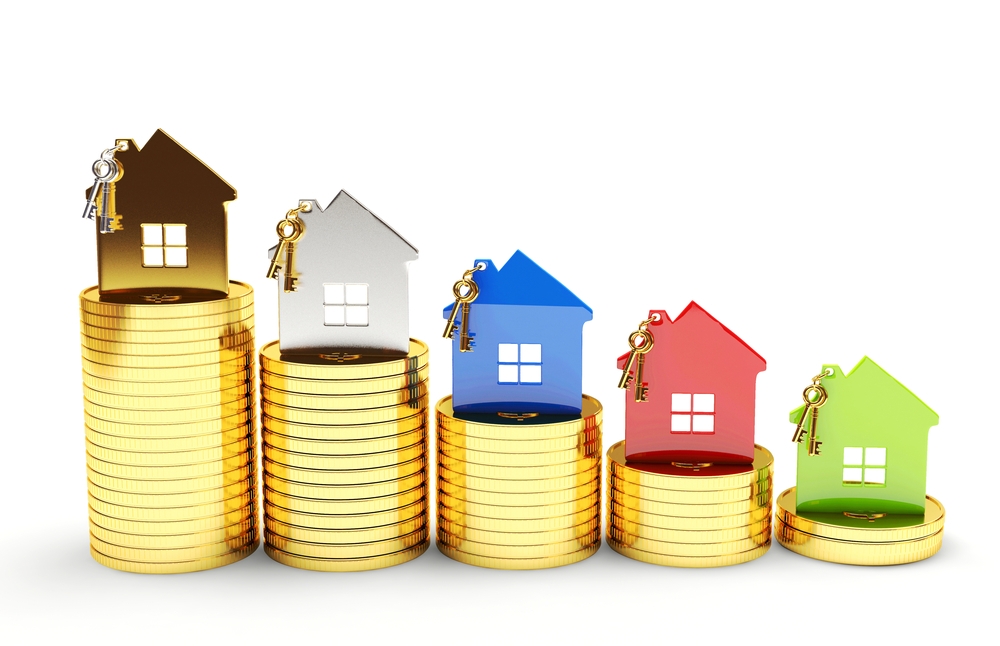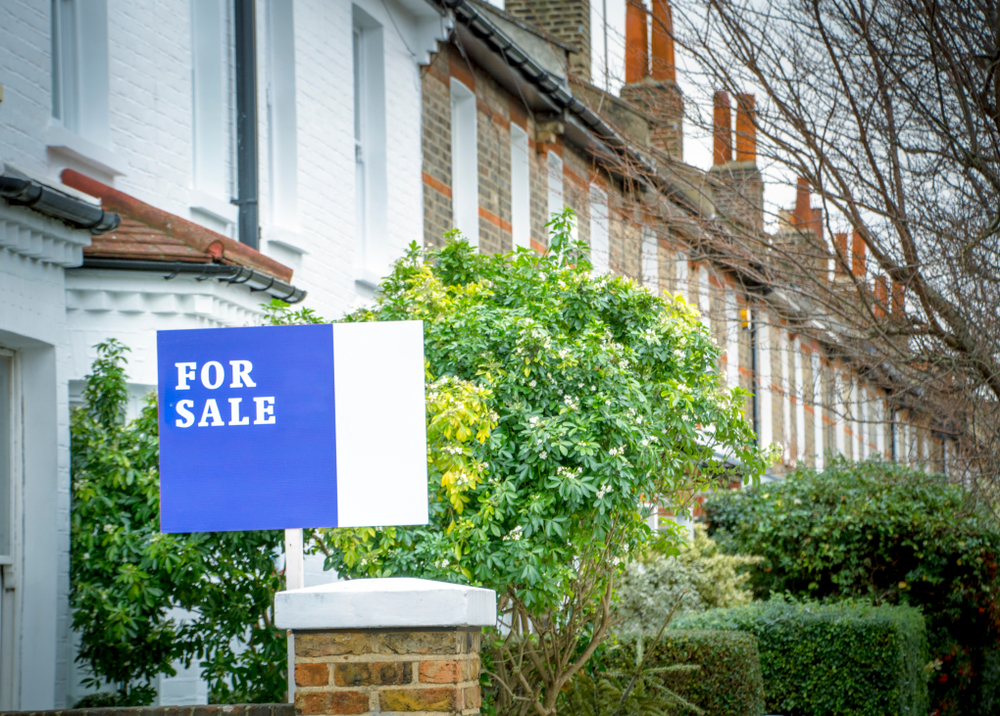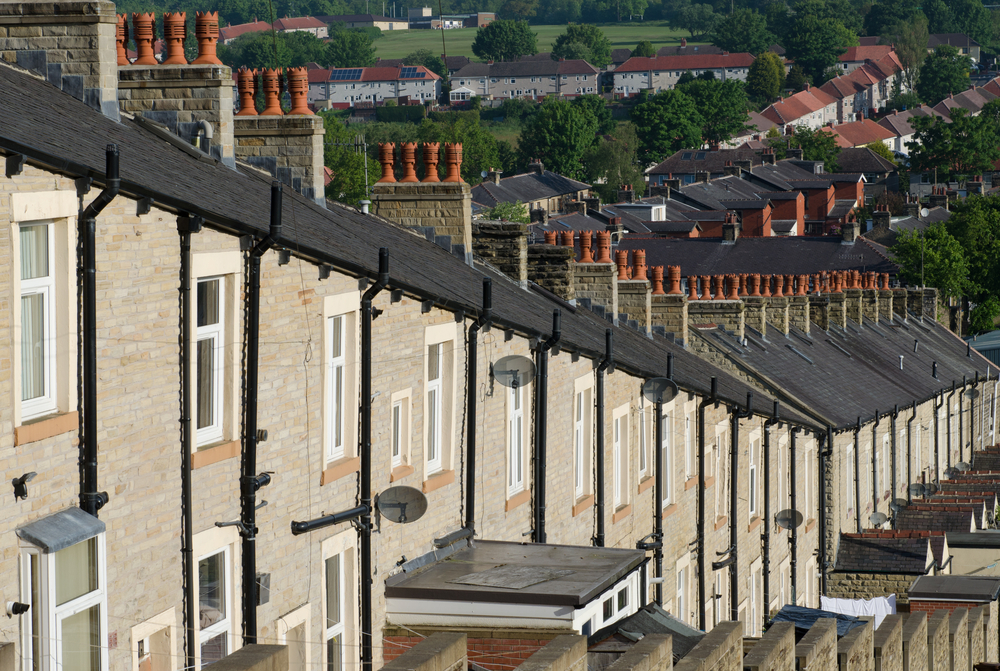
UK average house prices lifted 2.2% to £285,000 in the year to May, the latest Office of National Statistics (ONS) data shows.
House prices also increased on a monthly basis by 1.3% since April.
Across the nation, average house prices in England rose 2.2% to £302,000, lifted 2.4% in Wales to £216,000 and jumped 2.5% in Scotland to £191,000 in May.
In the first three months of the year, average house prices in Northern Ireland rose 4% to £178,000.
London experienced the most significant monthly increase with a movement of 3.9% while the South East saw the smallest monthly price growth, with a rise of 0.3%
Yorkshire and the Humber experienced the greatest annual price rise, up by 3.9%, however, London saw the lowest annual price growth, with a rise of 0.2%.
Commenting on the latest figures, Quilter mortgage expert Karen Noye says: “With the economic news flow now proving to be much more positive, this is feeding through to buyer sentiment and causing house prices to rise.”
“Given inflation is now much more under control than it has been, mortgage rates have settled somewhat too giving buyers more certainty over costs and which gives buyers more confidence to bid above asking prices, pushing prices up.”
“High interest rates alongside ongoing cost of living pressures have put the brakes on a more significant rise in house prices up until now. Both sellers and buyers have been reticent to make a move but under these improving picture there may be a release of pent-up demand over the next few months further buoying prices.”
“The new Labour government is set to enact a slew of new planning rule changes to help it achieve its lofty housebuilding targets. However, this is a long-term measure and will only feed through to stabilising house prices in the medium to long term. So first-time buyers will unfortunately still continue to suffer with affordability challenges for a long time yet.”
“We should also not expect there to be a return to the ultra-low interest rate levels that we have witnessed pre and during the pandemic. Where the natural level of interest levels ends up landing after a rate cutting cycle is still guesswork. However, it is very unlikely rates will reach the ultra-low levels many people got used to.”
Atom bank head of mortgages Richard Harrison says: “The fact that the ONS has now reported three months of straight house price increases is a good indication of the growing confidence in the market. This data predates the calling of the general election, however, which may have had a temporary effect on buyer demand and with it house price movements.”
Benham and Reeves director Marc von Grundherr states: “Despite the brief period of political uncertainty spurred by a snap election, we’ve seen little deviation from both buyers and sellers with respect to their property transaction plans and this has ensured that positive house price growth has been maintained.”
“While higher mortgage rates continue to restrict buyer purchasing power at present, it’s only a matter of time before interest rates are cut. When this does happen, we expect it to act as a significant shot in the arm to the UK property market and the slow but steady performance of recent months should giveaway to an altogether more active market landscape and a stronger rate of house price appreciation.”
Yopa chief executive officer Verona Frankish adds: “House prices have continued to creep up in recent months which demonstrates that market confidence has been building, but it’s fair to say that we’re currently witnessing the calm before the storm.”
“There’s a great deal of pent up demand on the side of buyers at present and whilst some of this will now be released post-election, we anticipate that the real surge in market activity will come once interest rates start to ease.”



